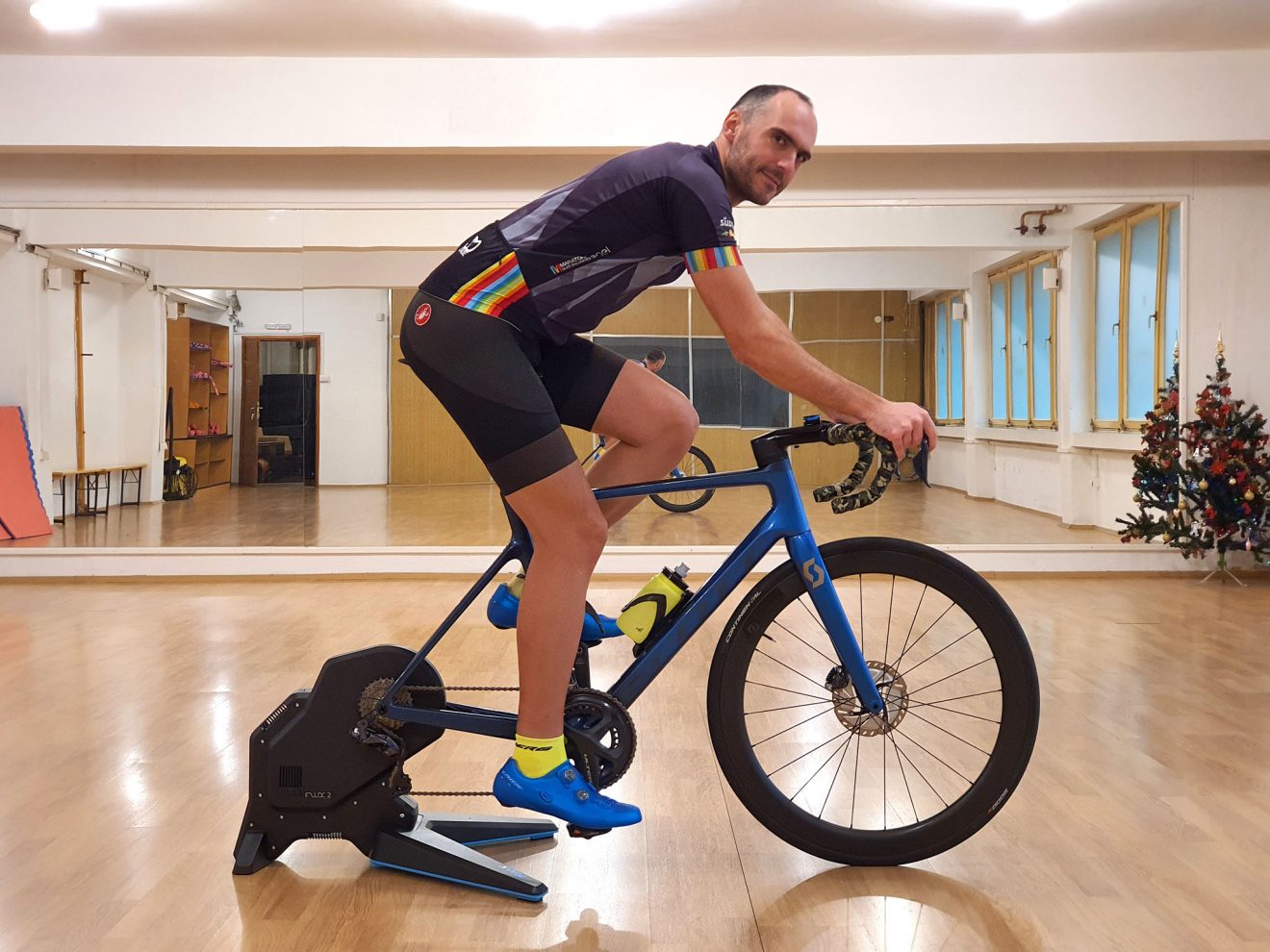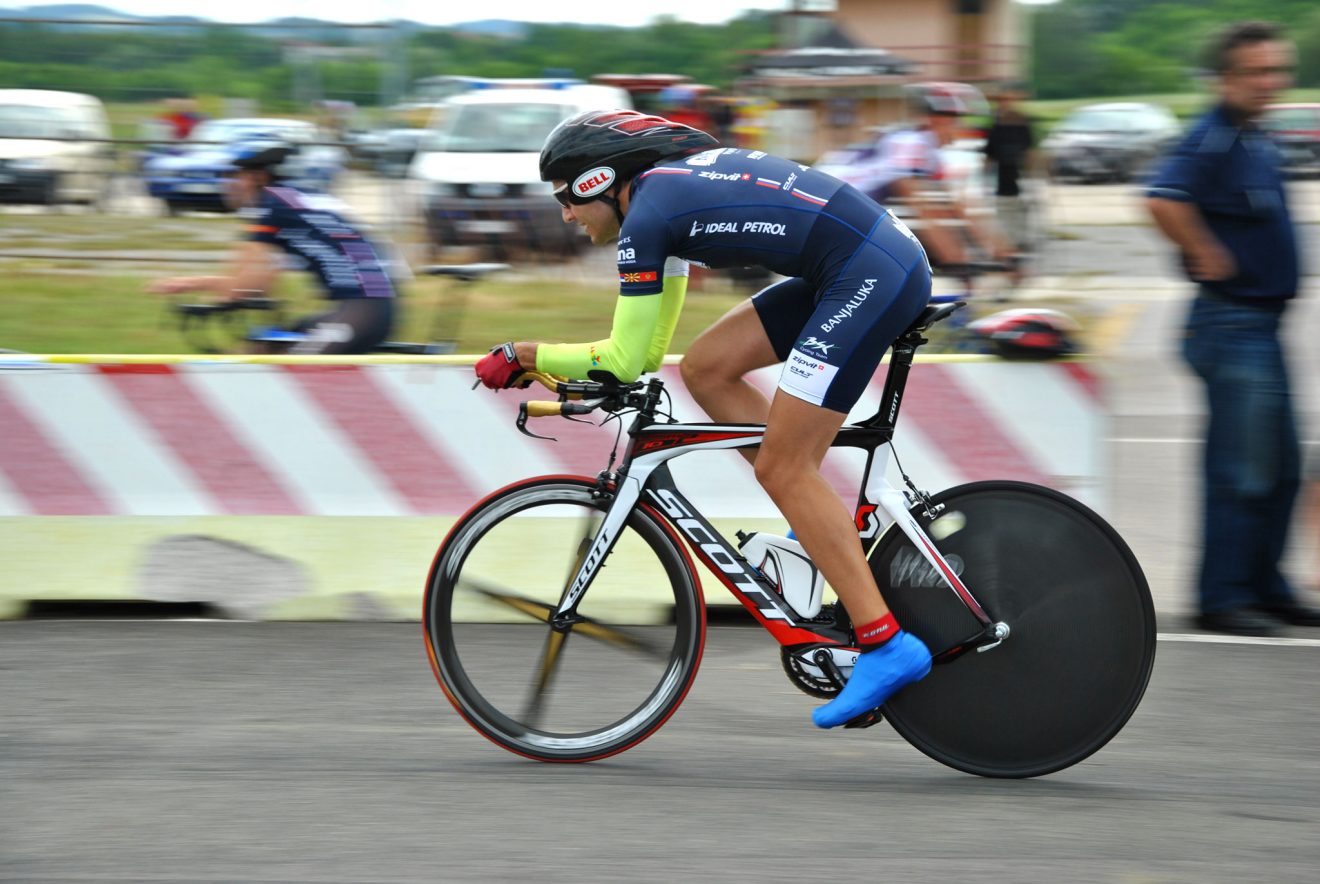I take a lot of pride in being myself.
I’m comfortable with who I am.
– James McAvoy
With this article, we open Pandora’s box for adjusting the position on the bike, the so-called bike fitting, which requires a lot of knowledge and experience, looking into crystal ball and a splash of black magic. If you thought the Lord of the Rings trilogy was extensive, get ready for a saga of as many as 12 volumes on the subject! If you are interested in this topic, and you should be – I suggest you subscribe to the news at the end of the article.
Cyclists, take it to the streets!
Nowadays, everyone is fighting for their rights, so cyclists deserve the right to have their bikes adapted to them and not the other way around, as is often the case. It so happens that, especially in the field of road cycling, a potential future cyclist makes the first contact with a bike that does not suit him at all and then very quickly gives up on that idea. This is roughly how the rumor about the inconvenience of road bikes developed and along with that the physical unpreparedness is additionally expressed due to the inevitably more aggressive position (and higher gear ratios) than on a city bike or even a mountain bike.

However, those who are unwavering in their intention to conquer the roads by bicycle often encounter various physical problems and inconveniences for which they attribute the blame to themselves or think that “it has to be that way”. Only when they realize that maybe something can be done about it – then they ask for help and it is a great pleasure for me to allow an enthusiast to ride 200 km without any problems instead of severe knee pain after 60 km. Or instead of unbearable pain in the seating area and in his hands, a cyclist gets a chance to enjoy the ride.
Of course, position adjustment is desirable and necessary even when there are no obvious problems, due to many other factors – comfort, aerodynamics, pedaling efficiency and even the looks of the cyclist :). It is important to point out that bike fitting cannot be done according to a pattern but must be adjusted to the physiognomy, as well as the needs and affinities of a particular cyclist. In addition, it does not have to be about some extreme settings – in cycling, millimeters make a big difference.
Raised in the streets
With the development of technology but also with the expansion of cycling among the wider masses, we have gained a huge selection of bicycles and components and the possibility of almost complete control over all aspects of adapting bicycles to their riders. However, education is definitely not on the same level with technology, so most people hardly know that there are different sizes of bicycles at all and, speaking of adjustments, they know that saddle can be adjusted to be higher and lower, by the method of approximation. In fact, there are 15 important settings to pay attention to and in this series of articles we will cover all the topics in detail.
How did I acquire this mystical skill of position adjustment and why am I imposing myself as an authority in this field? Simply – years and years of studying the position of sitting on a bike – above all my own. I have been into cycling long enough to have had the opportunity to encounter all the different geometries of racing bikes and to study the correlation of all the elements in order to get the right position on different bikes and achieve maximum performance. Also, over the years, I have changed physiologically. Then I had a case of a wrong element on the bike leading me to a serious injury and I’ve also had to solve another injury with small bike adjustments. In this way, I went even deeper into the issue of connection and harmony of man and bicycle.

Also, there was a period of my competitive career when I was focused on excelling in the Time Trial (TT). This is a discipline in which it is necessary to cross a certain track in the shortest possible time and often seconds or even parts of it decide on the race results. In addition to my own psycho-physical preparations, as well as specialized equipment, the position on the bike is also an equally important factor in achieving the best result, so I stepped deep into the world of microadjustments.
And last but not least – after a competitive career, I turned to ultramarathon cycling and you can imagine how important the riding position is for doing 400 km in a day or a few thousand km’s in a few days.
When and how is bike fitting performed?
It is never too early or too late to improve your cycling position. On one hand, if you have just bought a (new) bike, it is best to do it right now. If you have been riding it for some time already, then you will have certain observations that you can pass on to me as additional information. Regardless – even if you’ve ridden a certain position for years, you will quickly get used to the changed one, if it allows you to feel better and be more efficient.
About the ideal period of the year, on one hand it is best to do it at the beginning of the season, when you are just starting to ride, because changes in position can of course require a certain period of adaptation and you may not have time for that if you have a busy calendar. However, if you have already spent hundreds of hours in the season and ride very regularly, then you will be very sensitive to all changes, i.e. we will be able to make the finest settings.
Position adjustment is done dynamically on a turbo trainer and typically this process takes between two and eight hours (not necessarily in a single session), depending on how many different elements need to be tried out until the best solution is found. It is often necessary to do a few proper rides after the initial adjustment and then return for the final, fine-tuning.
Will it hurt?
The adjustment process begins with an assessment of your current seating position. Sometimes it ends before in begins, e.g. if there is a complete disproportion between the size of the bike and the cyclist – in such cases, the best option is to replace the bike first, because it will not be possible to achieve the adequate position. However, in most cases, quality work can be done, so we move on to the analysis of parameters and the possibility of adjustment of the bike itself, with a quick technical inspection as well. Also – the cyclist undergoes the basic bio-mechanical test and we do a chat about their experiences, observations, as well as affinities – and then we can form a complete picture.
After the plan has been made, it is time to get it realised. As we have got three points of contact on the bike, namely the saddle, the handlebars and the pedals, the goal is to bring everything into proper balance. Also, it is very important to keep in mind that any change at one of the points leads to the need to re-analyse all other parameters – but in most cases the least repeated requests will be needed for the position of the cleats on the cycling shoes. This is precisely why it is the first item I devote my attention to, especially because in most cases the cleats are placed completely wrong or even randomly to begin with and subsequently all other parameters will be out of proper adjustment.

Once we have defined one point, we can move on to another and that is the position of the saddle and everything that it entails and by that I mean the choice of a saddle as well. This is definitely the most extensive topic of bike fitting and will be discussed in detail in this series of articles. After approximately adjusting the position of the saddle, we dedicate ourselves to the steering portion of the bike and the position of the upper part of the body. Then we have to return to the saddle, then to the pedals and then do the whole circle again even more precisely, constantly taking into account fluidity of pedaling in different conditions, keeping the body relaxed as well as taking into account feedback from the cyclist.
But to answer the question – the adjustment is done without anesthesia and will not hurt you 🙂
“I think I know what suits me best”
As not everyone has confidence in someone else’s expertise, nor does one necessarily have to share the same opinion and views as someone else, with the series of articles on bike fitting I want to educate you about all the possibilities and key areas to pay attention to, so you can start thinking about different aspects of your position on the bike and the effects it has on riding efficiency and so you would start experimenting in that domain and come to a position that you consider ideal for yourself.
As a fan and promoter of cycling, organiser of group rides but also ultradistance brevets and races, my satisfaction comes from the fact that we will get more cyclists who will enjoy the ride and be able to push their own boundaries. So, this is not a promotional article per se, but if you don’t have a few years at hands for research and development and you are looking for a shortcut or you just have a problem you want to solve urgently – I’m here for you :).
And now – subscribe to the mailing list or I’ll drop your saddle! 🙂
